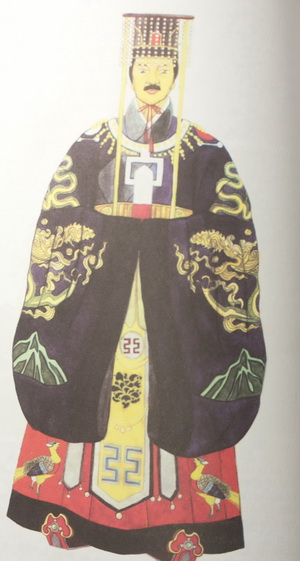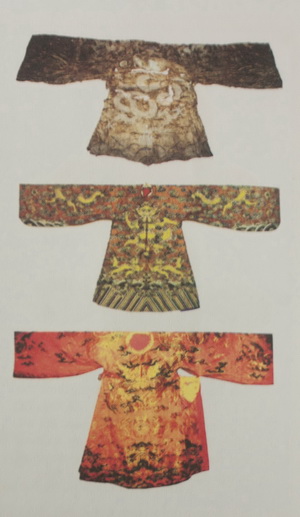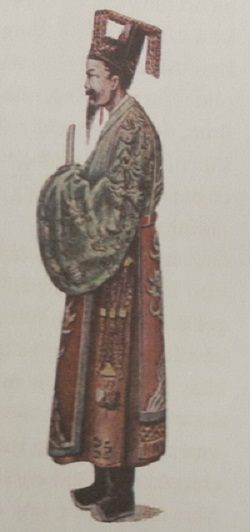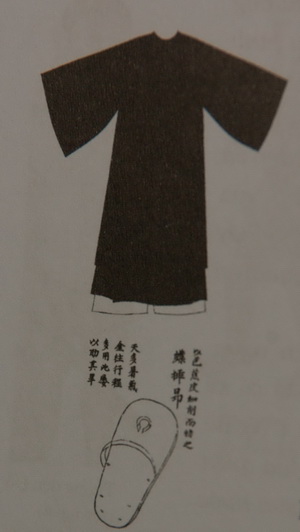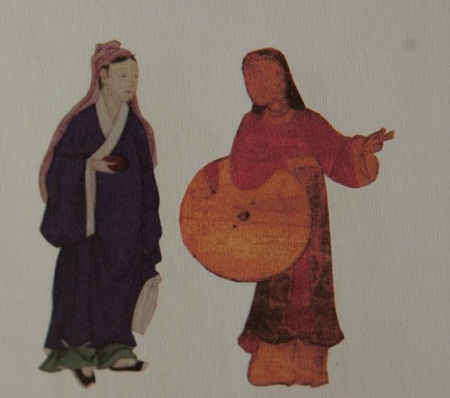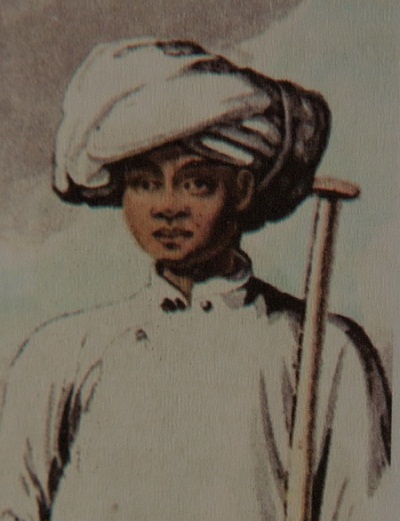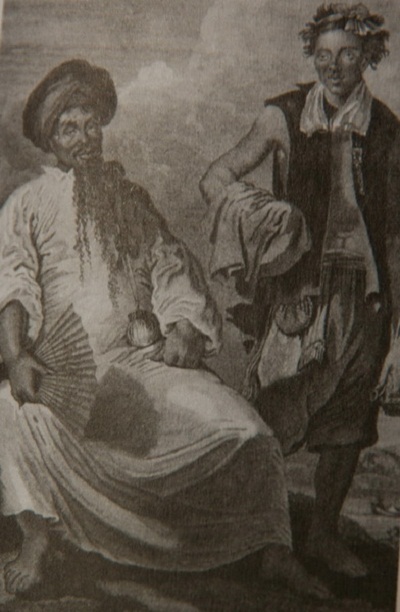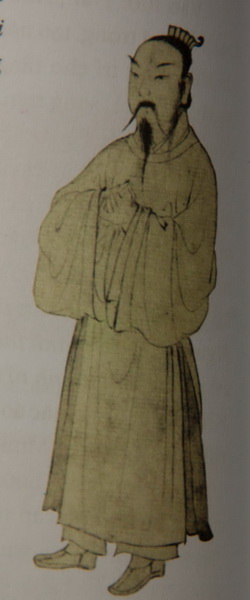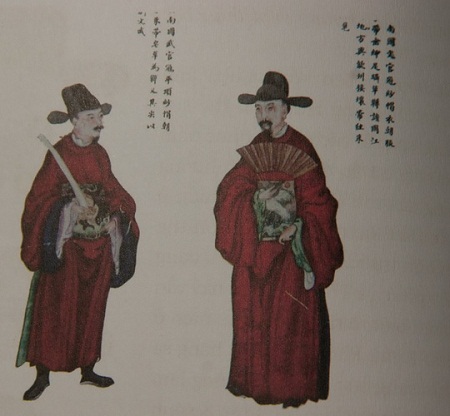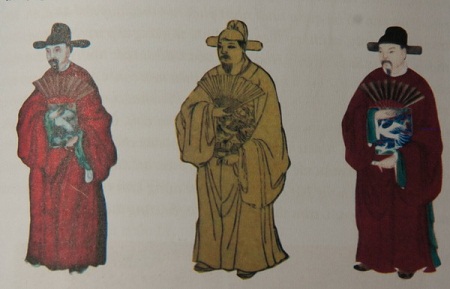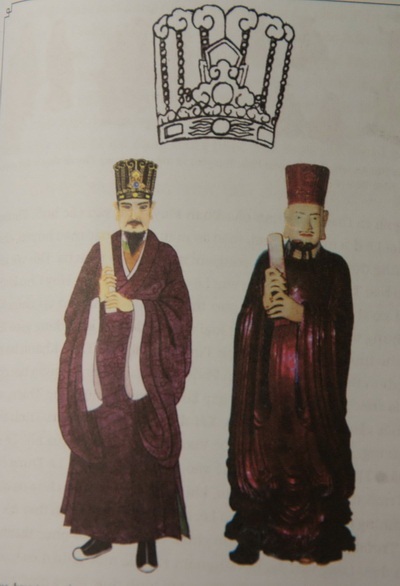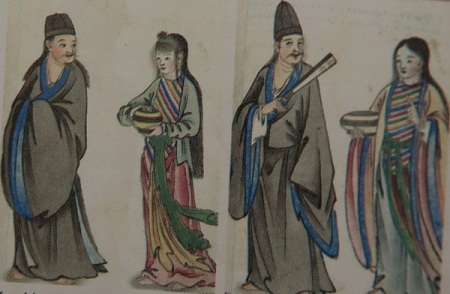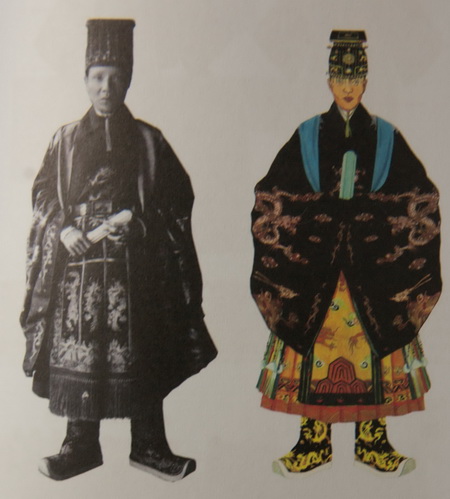Fried Bitter Melon with Beef is one the healthy Vietnamese foods especially good for your bodies. Moreover, this fruit is really fresh, and make your skin more stunning. If you love your health and want to protect your skin keep young longer.

There are 7 steps to make intriguing dish:
Ingredients:
2 Bitter Melon Fruits (400 – 500 gr)
250gr Beef, slice thinly
Purple onion, scallion
Spices: Salt, Maggi’s stuff, oyster oil, vegetable oil, dried purple onion, pepper, corn starch.
Process:
Step 1: Put beef into bowl, marinate with 1 teaspoon salt + 1 teaspoon corn starch + pepper + 1 teaspoon oyster oil, mix together and wait about 30 – 45 minutes.
Ingredients:
2 Bitter Melon Fruits (400 – 500 gr)
250gr Beef, slice thinly
Purple onion, scallion
Spices: Salt, Maggi’s stuff, oyster oil, vegetable oil, dried purple onion, pepper, corn starch.
Process:
Step 1: Put beef into bowl, marinate with 1 teaspoon salt + 1 teaspoon corn starch + pepper + 1 teaspoon oyster oil, mix together and wait about 30 – 45 minutes.

Step 2: Clean bitter melon, cut into half; throw away seeds.

Step 3: Slice bitter melon thinly (3mm). Soak into cold water added a little salt about 30 minutes. Next, pour water out and wait to dry.

Step 4: Peel off cover purple onion, slice thinly.

Step 5: Here is the important step to create one of intriguing dish, so please follow it carefully. Pour oil into pan, wait to hot, add minced garlic and purple onion and fry until it is fragrant. Next, add more sliced beef meat and fry about 5 – 7 minutes. Pour into plate.

Step 6: Use this pan again, add more oil and wait to hot, pour sliced bitter melon into pan, fry quickly with large heat. Add more sliced onion anh salt. Taste to suit your flavor.

Step 7: Pour beef meat into pan, fry continue about 5 minutes. Season to suit your flavor. Turn off the heat.
Finally, you have done one of stunning dish. Serve this dish with boiled rice and some others Vietnamese Soup. It is more delicious when use this amazing dish with your family on weekend or family meals. Moreover, cooking good meals is the good way to protect your family's health. How do feel after doing our instructions? If you interested in this soup, let us know by commenting on the box below. We are pleasure when receive your feedbacks. Good luck for your cooking, and have a good appetite.
http://www.vietnamtourism.org.vn/vietnam-cuisine/fry/fried-bitter-melon-with-beef-recipe.html
Finally, you have done one of stunning dish. Serve this dish with boiled rice and some others Vietnamese Soup. It is more delicious when use this amazing dish with your family on weekend or family meals. Moreover, cooking good meals is the good way to protect your family's health. How do feel after doing our instructions? If you interested in this soup, let us know by commenting on the box below. We are pleasure when receive your feedbacks. Good luck for your cooking, and have a good appetite.
http://www.vietnamtourism.org.vn/vietnam-cuisine/fry/fried-bitter-melon-with-beef-recipe.html





















